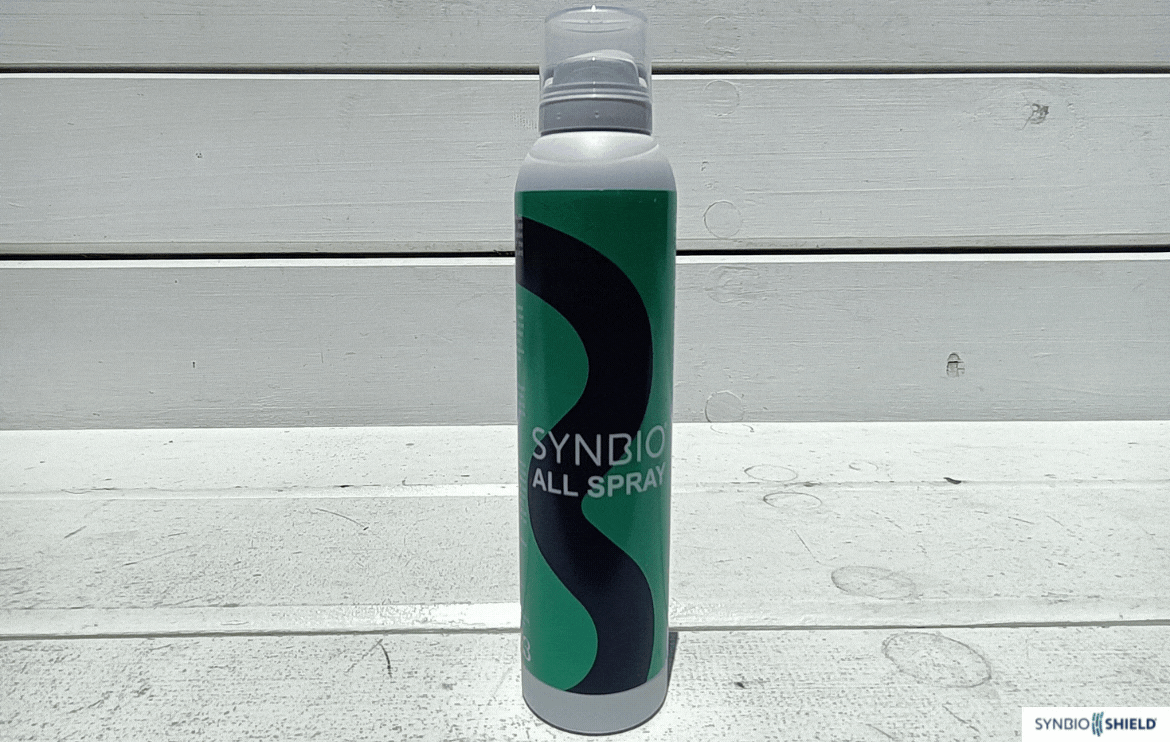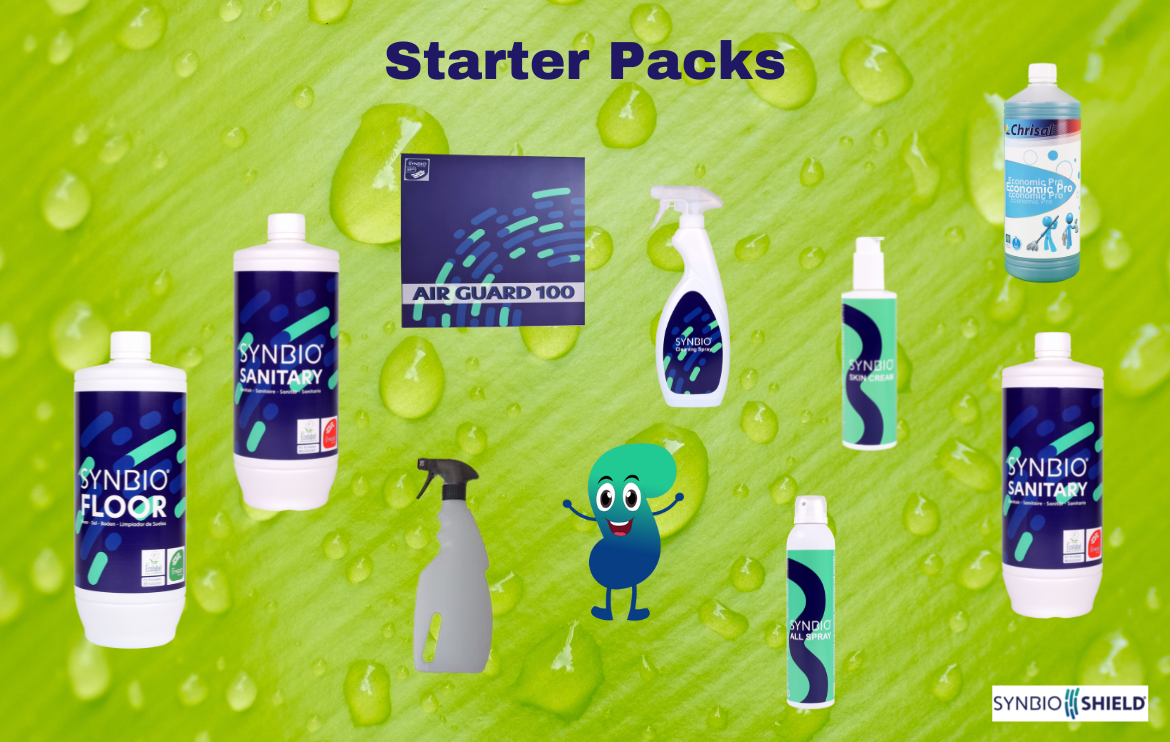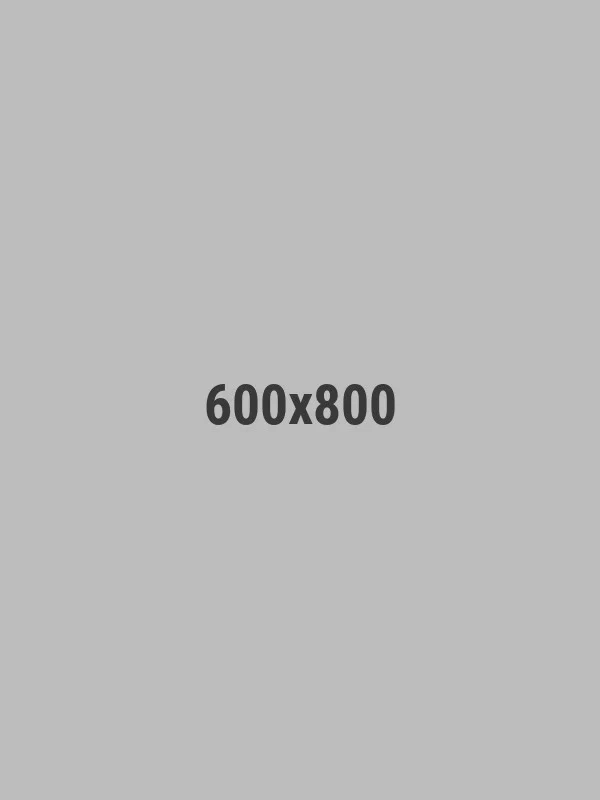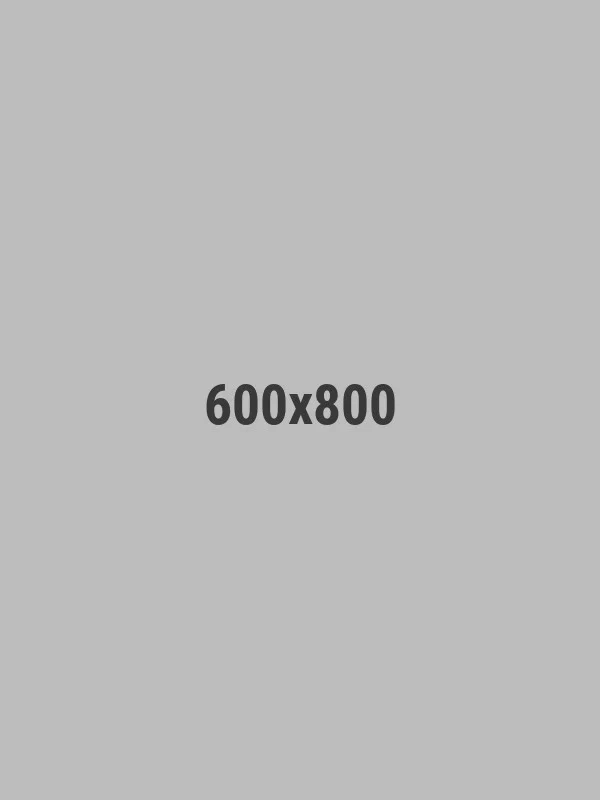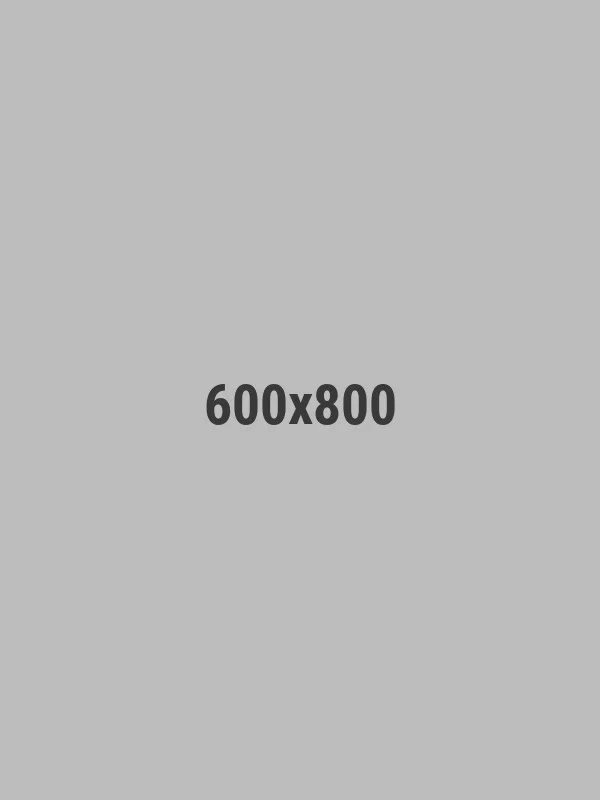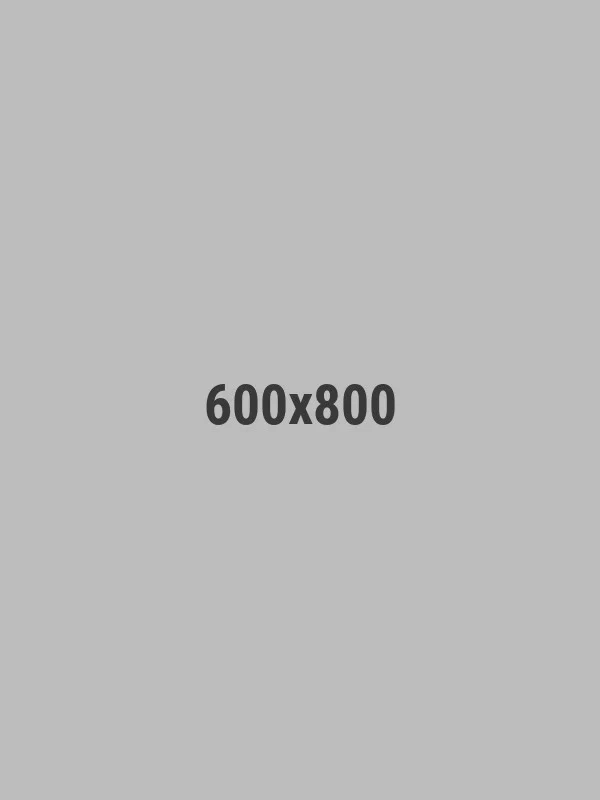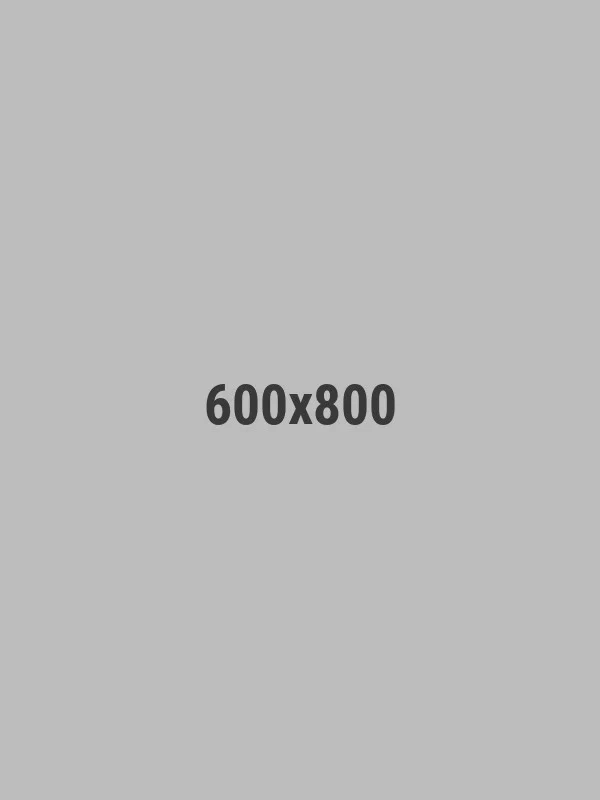Synbiotics vs Disinfection

Killing unwanted micro-organisms is no longer the solution. Antibiotics and disinfectants (including sanitisers and biocides) result in the development of microbial resistance and instability in the microflora. On contrary, the Synbio technology ensures a stable, healthy microbiome by stimulating good microorganisms. The high number of prebiotics and probiotics in the products immediately increases the number of good bacteria on the surface (after all, the probiotics are good micro-organisms themselves). The prebiotic sugars stimulate the already present good micro-organisms through delayed action. These prebiotic sugars can only be digested by good microorganisms. In this way, our synbiotic cleaners “provide food" to the already present good microorganisms, as well as the probiotics included in the Sybnio products. This promotes the diversity of the microbiome in a positive direction. In summary, Synbiotic cleaners provide an efficient, long-lasting cleaning solution and stimulate good, stable microbiology.
Moving away from Disinfectants
There has been a worldwide movement away from traditional disinfectants and for good reasons, too:
- Harmful Chemicals - Most disinfectants contain chemicals that are harmful to us humans and our planet. Therefore, filling our indoor environments with harmful chemicals to try and protect our health isn’t a great idea.
- Antimicrobial Resistance (AMR) – We’ve all heard the term “Superbug” at some point, which is a simple way of describing a situation where a pathogen is resistant to the treatment of Antibiotics and Disinfectants. The European Commission estimates that by 2050, more people will die from Antimicrobial Resistance than cancer! This means that over 1,000,000 people a year will die of AMR.
Resistant pathogens are everywhere, and the more you try to disinfect or sanitize them, the more resistant they are likely to become over time.
It’s a little secret, but the vast majority of the available disinfectants were never tested against pathogens that carry the resistance genes before being released to the public.
That’s the same as if Tesla released autonomous vehicles without testing them on roads with cars. - Biofilms – These are slimy shelters that pathogens form to protect themselves against disinfectants. Disinfectants and other chemicals are unable to penetrate biofilm structures, and the pathogens use these safe-havens to multiply in great numbers and share their DNA.
If you’ve ever encountered a pink or orange slime in your bathroom or sink – that is biofilm. - Cleaning Application – Let us imagine for a minute a surface that has no biofilm formations and no resistant pathogens. Our ability to sterilise this surface now depends on our ability as cleaners. This means that unless we apply the disinfectant on 100% of the surface, some pathogens will still survive. Covering every centimetre of the surface might sound simple enough to do, but imagine having to cover 100% of every surface in your office or home while cleaning - It’s impossible.
- Killing the “Good Guys” - Normally, having pathogens left on a surface wouldn’t be such a big deal because you also have good bacteria that can help stop their spread. But when we disinfect, we also kill the good bacteria so we are then left with little to no protection against pathogens and nothing to stop them from spreading rapidly and taking over the entire disinfected or sanitised surface.
- “Bacterial Dead Zones” – Now let’s imagine that there were no biofilm formations, no resistant pathogens and that we managed to effectively disinfect 100% of the surface. We killed everything!
We are then left with a surface that is vulnerable to whatever lands on it first either from the air or through direct contact. Take your hand as an example, which most likely contains pathogens, and imagine you touching your desk, mobile phone, door handle etc. These pathogens that were transferred from your hand will now multiply and occupy that surface until it is disinfected again, which is at least 24 hours later.
Disinfected surfaces can become reinfected as little as 20 minutes after being cleaned.
Filling Indoor Spaces with Life
By cleaning with Synbio Shield products, we are filling the spaces with life and installing a healthy microbiome that reduces the risk and spread of pathogens, 90% more effectively than conventional disinfectants.
So rather than trying to eliminate all microbes, it is more effective to replace the bad ones with good bacteria which consume the available nutrients on the cleaned surface, thus leading to the starvation and elimination of almost all pathogens, including the resistant ones!
Now, because our products are Synbiotic, this means that not only do they contain good bacteria – the Probiotics – but also Prebiotics, which are sugar-based nutrients that can only be digested by good microorganisms. Thanks to these prebiotics, our probiotics continue to clean and occupy the surfaces up to 5 days after we apply them.
Our strains of probiotics also weaken and destroy existing biofilm formations, and prevent new ones from being formed.
Scientific research has also shown that by using the strains of Probiotics contained in our products, you are 10,000 times less likely to contract a viral infection!
Also, remember those “superbugs” we mentioned before? Our Probiotic strains have been scientifically proven to reduce the presence of resistant pathogens by 99.99%!
Our Synbio Shield cleaning products are 100% safe to be used around food, children and animals.
Our Probiotics are not just environmentally friendly (meaning they cause no environmental harm), but rather are EARTH BENEFICIAL because they actively contribute to water treatment and the maintenance of a natural microflora.
They also come as super-concentrated bottles so they will help you save hundreds of plastic bottles each year.

